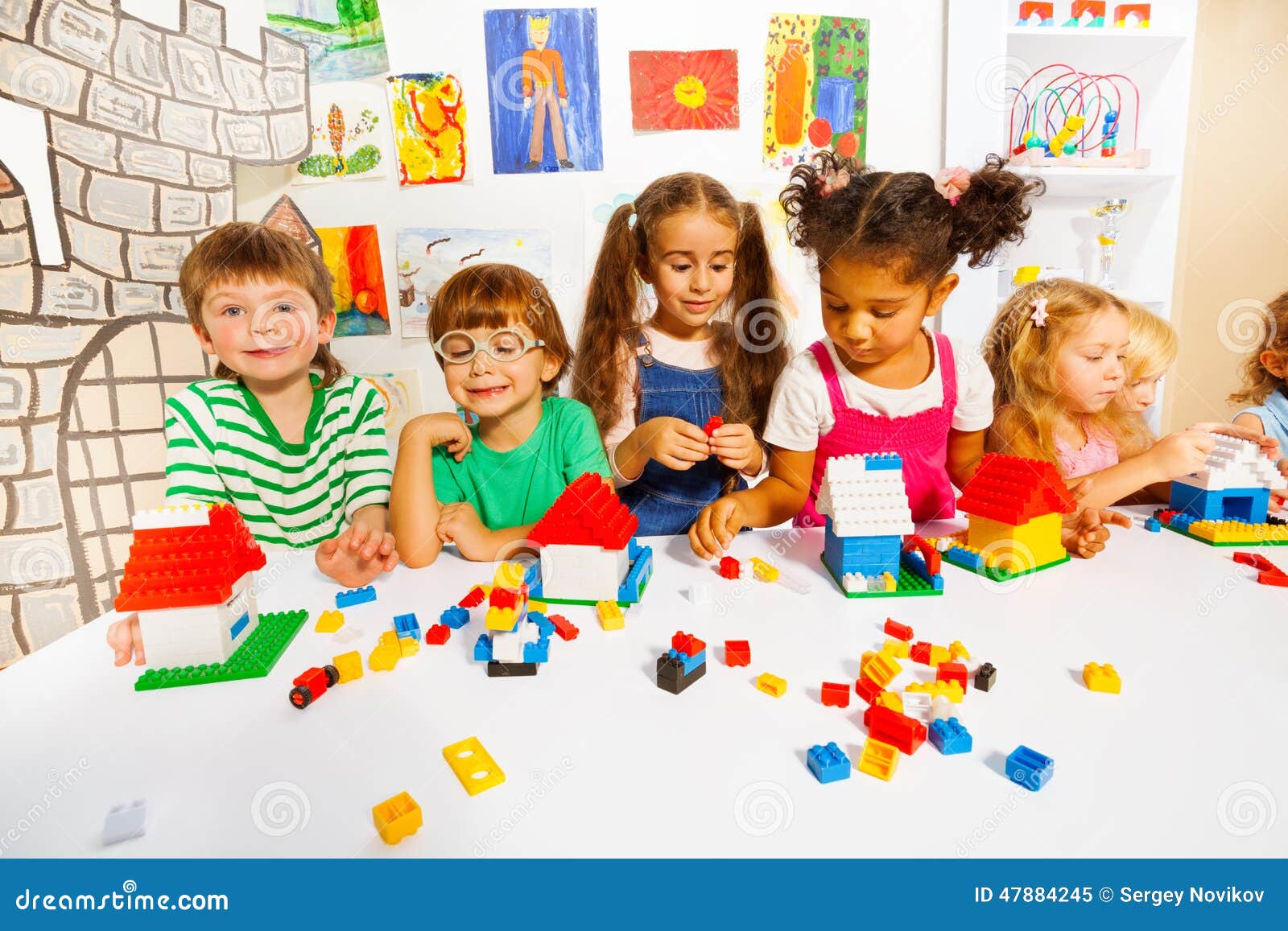Promising Practice Overview
The two workshops that I chose to participate in for
Promising Practices were Promoting Resiliency in Kindergarten: How Mindfulness
and PBIS can Work Together and Building Resiliency Through Play. When I originally
picked these two workshops I thought they might be a little similar because
they were both dealing with younger children, and I was wrong.
The first workshop about being mindful and PBIS, and it was
run by a counselor, a psychiatrist, and a kindergarten teacher who all work at
the Henry Barnard Elementary School. In the first workshop about mindfulness I learned
about how children aren’t always mindful of not only others, but themselves. The
psychiatrist talked about different exercised that can be done to help a
children become more mindful of themselves. One exercise she actually did with
us was she rang a bell and we had to raise our hand when we couldn’t hear it
anymore. She did this a second time, but this time we didn’t raise our hand
when we couldn’t hear it. Instead we sat there until she started talking. This exercise
made you sit there and think about how fast were you breathing and how you were
feeling that day. This could be connected to Kristoff because the institution
of education is teaching children how to be mindful of themselves and then
learn how to be mindful of others. This will help them as they grow to
recognize things such as bullying. While doing this exercise it made me feel
more aware of myself on the inside. I learned that PBIS means positive behavior
intervention and support. This technique is used as a discipline approach when
dealing with behavior issues. Another thing I learned was that children need
four positive interactions for every one interaction. If children receive too many
negative interactions it can affect the way they see themselves and how they
learn.

In the second workshop about Building Resiliency Through
Play. The first thing I noticed was that the instructor started out by calling
all of us friends. I found this interesting because last year when I was a
preschool teacher before the children even knew each other we would refer to
them as our friends and each other’s friends. For introductions we started out
by doing different kinds of handshakes with one another. I can be really shy, so
this felt extremely awkward I’m pretty sure for all of us. After our crazy
handshakes we split up into groups. Some of us played Jenga, some people tossed
stuffed animals, a few people played operation, and the group I was in was
called builders and bulldozers. The object of my game was that ½ of us would
build 3 story block stacks while the other ½ of us got to knock them down
without physically following the builders. As some of the other games ended
they became part of our game splitting up into builders and bulldozers. At first
the new people didn’t know exactly what was going on. This could easily be
related to Delpit because they had no idea what the rules and codes of power
were for this game. In the beginning the new students seemed lost as to what
they were doing because some of the buildings were 5 or 6 blocks high, and some
of the bulldozers were following the builders. Once we told them about the
rules they caught on and became part of the group and following the rules. After everyone was settled into the game we
all took turns being both jobs. While playing this game I became very
protective of the buildings I was creating, but when I was a bulldozer all I wanted
to do was knock as many buildings down as I could. While I was a bulldozer can
be connected to our reading about Johnson and the position of having power. I
had the power to knock down as many buildings as I could without anyone
stopping me. It became so competitive between the two groups; you could feel it
in the air. Once we were done playing the games the instructor asked us how we
felt playing these games. A lot of answers were competitive, disappointment,
protective, and aggravated. This was definitely an excellent way of showing
adults how children can feel when they are playing with new friends in a new environment. While looking at websites a lot of them were from a parents perspective on how to teach a child to be resilient in general. They had some great ideas on how to teach a child about their strengths and techniques on how to achieve their goals.
Comments
Post a Comment